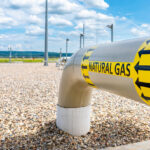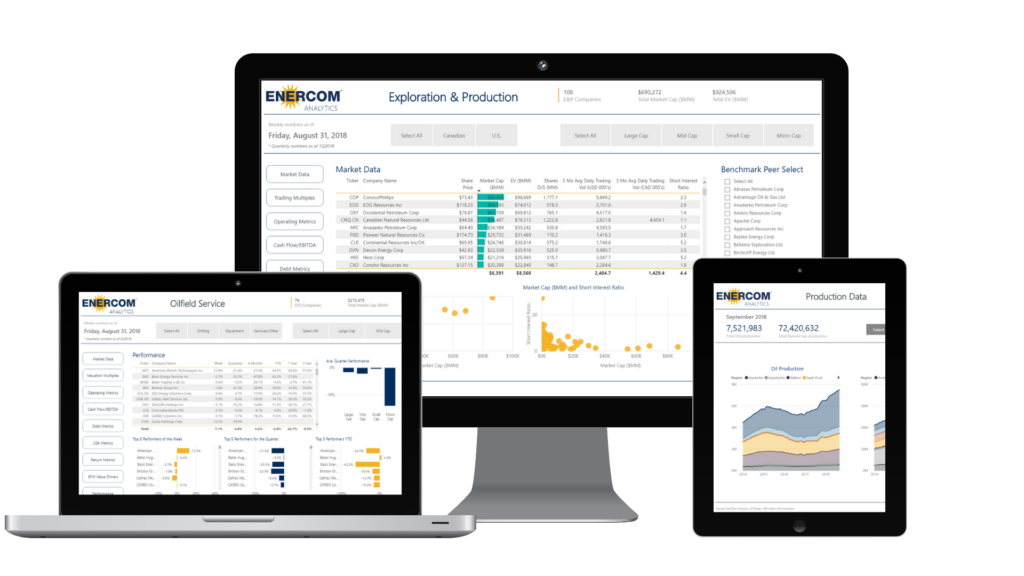18.5 Billion Solar Panels Could Power the U.S., but …
To generate electricity from the sun, you need either to collect solar radiation and convert it with photovoltaic cells to DC power, then to AC with an inverter, or you need to concentrate the sunlight onto one central collector from acres of “mirrors” and let the combined, concentrated heat from the sun power a turbine generator to make electricity. Both take up plenty of real estate.
In 2015, the U.S. consumed 4,637,314 million kilowatts of electricity. According to the EIA, here is how the power generation created in 2015 was generated (by fuel source):
- Coal = 33%
- Natural gas = 33%
- Nuclear = 20%
- Hydropower = 6%
- Other renewables = 7%, as follows: Biomass = 1.6%, Geothermal = 0.4%, Solar = 0.6%, Wind = 4.7%
- Petroleum = 1%
- Other gases = <1%
(Above: major energy sources and percent share of total U.S. electricity generation in 2015; source: EIA)
If one individual were put in charge of such things and declared that PV solar was to provide all of the electricity for the U.S., it would soon become evident that the space required to install enough panels to provide 100% of the U.S. electricity consumption is on a state scale. And so is the price.
How would you like to write a check for 18.5 billion panels?
A ‘100% solar’ policy would require the United States of America to install 18.5 billion panels capable of generating 250 watts per panel. According to a report in Renewable Energy World in Sept. of 2015, installed utility-scale solar project costs have fallen by about half, from $6.3 per AC-W to $3.1 per AC-W, since 2009 for solar projects completed in 2014. Their source was Lawrence Berkeley National Laboratory. Even so, $3.10 x 250 watts per panel comes to $775 per panel.
Where do you put 18.5 billion panels?
At 17.6 square feet per panel, this equates to 326.5 billion square feet, or 11,710 square miles of shiny panels absorbing sunlight day in and day out. And that doesn’t take into account the space between the panels. So how much prime real estate is the required 11,710 square miles of solar panels to power the U.S.?
In acres, it comes to almost 8,000,000. By comparison, New York City is 195,000 acres. All of Saudi Arabia is about 531,000,000 acres.
On a state scale, it would require a few.
- Maryland plus Delaware (11,728 square miles).
- Or New Jersey plus Connecticut (12,262 square miles).
- Or Hawaii and Connecticut (11,268 square miles).
 Hawaii, would you like to have your entire state covered in solar panels just so you can keep the lights on and your visiting tourists’ Samsung Galaxy phones charged? We didn’t think so.
Hawaii, would you like to have your entire state covered in solar panels just so you can keep the lights on and your visiting tourists’ Samsung Galaxy phones charged? We didn’t think so.
Crescent Dunes—a different animal
Nevada is a place with a lot of hot, sunny acres that are suitable for solar panels.
It’s the site of project called Crescent Dunes, a concentrated solar generation facility, a utility-scale heat maker outside Tonopah, Nevada, on 1,600 acres that is supposed to be able to produce 500,000 megawatt hours per year according to the National Renewable Energy Laboratory.
Crescent Dunes was developed by SolarReserve with a United States government loan guarantee of $737 million.

Here’s how it works: 10,000 heliostats, each about 1,200 square feet—the size of a highway billboard—focus sunlight on a central receiver at the top of a 640-foot tower. The focused sunlight hitting the receiver at the top of the tower heats molten salt. The plant uses the heat collected to generate steam and drive a turbine generator, which NREL says has a turbine capacity of 110 MW.
What sets Crescent Dunes apart from other CSP projects is that it incorporates 10 hours of full-power thermal energy storage—a total of 1.1 GWh. In terms of duration, that’s far more than the largest battery projects currently in development, which top out at around 400 MWh. And the receiver at Crescent Dunes heats the molten salt directly.
SolarReserve believes it may have delivered proof of concept for round-the-clock dispatchable solar energy because of a storage technology associated with the Crescent Dunes project. As the molten salt is passed through the receiver, it’s heated to 1,050F by concentrated sunlight. On return to ground level, it passes through a steam generator, which sends steam to a turbine to generate power, according to Power Magazine.
Crescent Dunes sells its power to NV Energy under a 25-year power-purchase agreement (PPA), Power reported. “Since reaching commercial operations in November 2015, Crescent Dunes has—unlike Ivanpah—quietly exceeded its obligations, delivering 105% of contracted output. The molten salt receiver has achieved 100% availability through 2016, and performance data show that it’s operating 2% above its expected efficiency.
“On a normal day, Crescent Dunes begins generating power around 10 a.m.,” according to Power. “[It] reaches full power around noon, and stays there until 10 p.m. to midnight per the terms of its PPA, which calls for 12 to 14 hours of generation a day. This helps NV Energy meet peak evening demand, and Crescent Dunes shuts down as that demand falls late at night.
“The choice of Nevada was no accident. In addition to the abundance of undeveloped land with excellent insolation, the state’s business and political communities have thrown out the welcome mat for future solar plants.
“Sen. Dean Heller (R-Nev.), who visited the site on October 11, spoke glowingly of the future potential of solar energy in Nevada and elsewhere. Heller, a member of the Senate Finance Committee, has repeatedly broken with many of his GOP colleagues to push supportive legislation for solar power, most notably the extension of the Investment Tax Credit at the end of 2015.
“What solar and geothermal is to Nevada is what oil and gas is to Texas,” Heller told Power Magazine.
Senator Heller could be onto something. Nevada has 58 million acres of federal government land, according to the University of Nevada Reno. Those panels could take over about 14% of Nevada’s federal government land, but you’d have to move the electricity to the rest of the country or figure out how to move molten salt close to the population centers and keep it molten in transit. So that means some kind of pipeline system, railroad cars or additional high-tension power lines from Nevada to the Midwest, the South, the Atlantic seaboard, the West coast and the Northwest.







